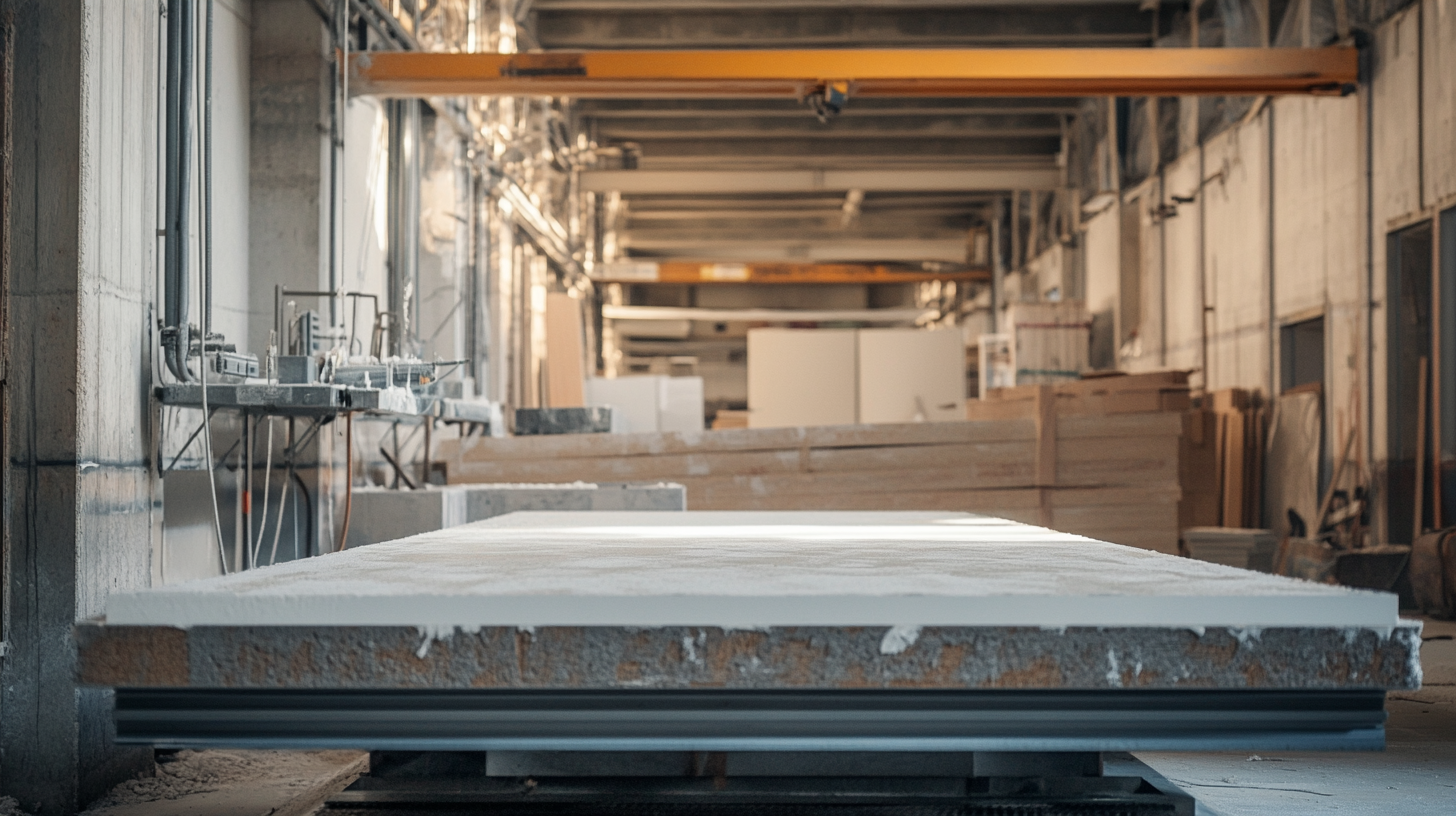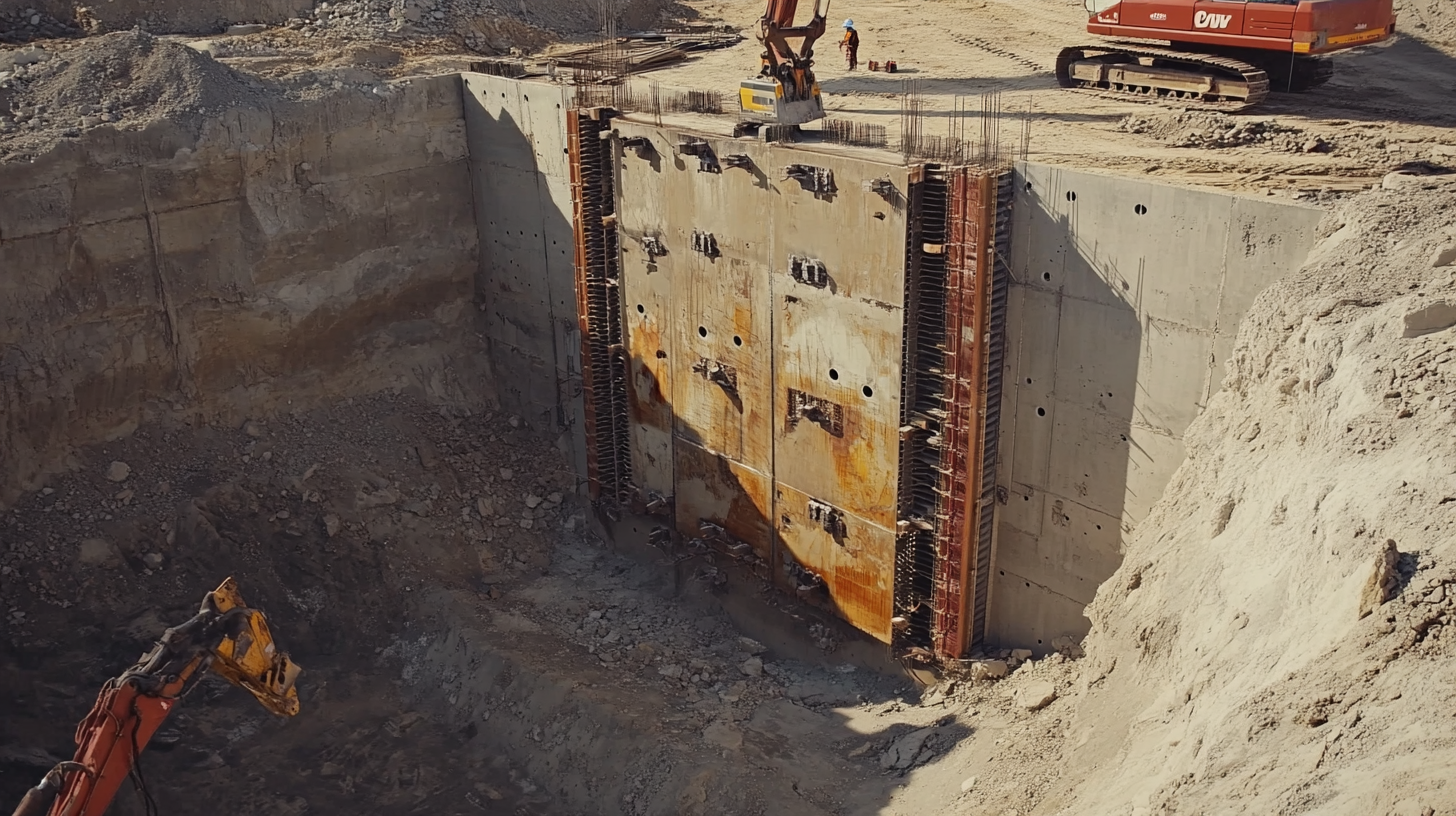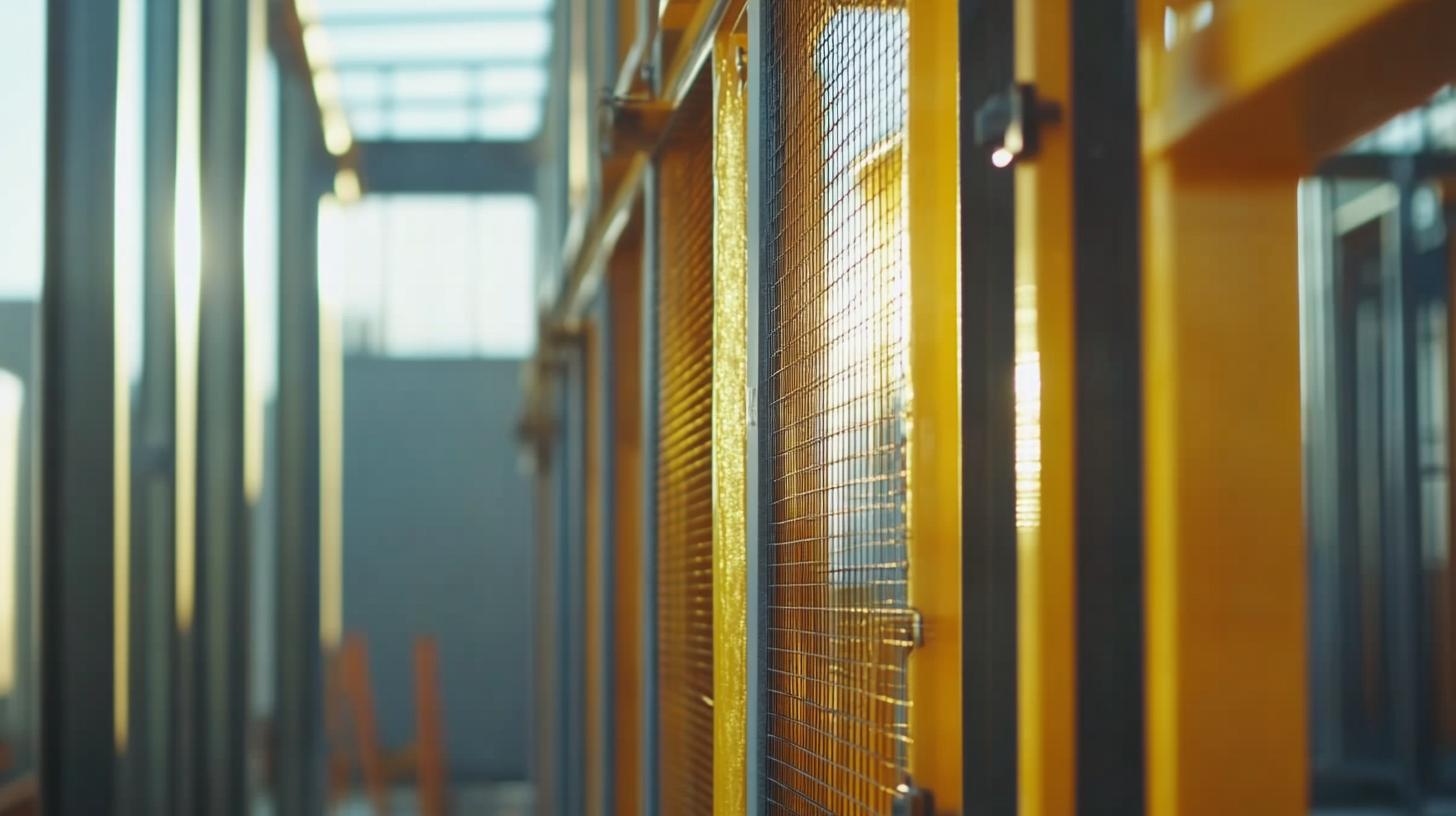In the ever-evolving landscape of modern construction, innovative techniques and materials play a pivotal role in enhancing efficiency and sustainability. Among these advancements, Magnetic Shuttering Solutions have emerged as a groundbreaking approach that is transforming how structures are built. Utilizing magnetic forces to secure formwork, these solutions not only streamline the construction process but also offer significant advantages in terms of precision and speed. As the demand for faster project completion and higher quality standards intensifies, magnetic shuttering is gaining traction as an indispensable tool in construction.
This blog seeks to explore the evolution of Magnetic Shuttering Solutions, tracing their origins, advancements, and impact on contemporary building practices. We will delve into the technology behind these systems, examine case studies that highlight their effectiveness, and discuss the future potential of magnetic shutters in the construction industry. By understanding the trajectory of these solutions, we can appreciate their role in addressing the challenges faced by modern builders and envision a future where efficiency and innovation go hand in hand.

Magnetic shuttering solutions have played a pivotal role in the evolution of construction techniques, particularly in the realm of concrete forming. Historically, the use of various shuttering methods can be traced back to ancient civilizations, where simple wooden forms were utilized to shape and support masonry structures. However, with advancements in engineering and material science, the introduction of magnetic shuttering emerged as a game changer in the construction landscape.
By the mid-20th century, the construction industry began to recognize the limitations of traditional shuttering methods. Conventional systems often resulted in labor-intensive processes and time delays. A report by the American Concrete Institute indicates that labor costs can account for nearly 30-40% of total construction expenses, emphasizing the need for more efficient solutions. Magnetic shuttering systems, which utilize strong magnets to hold forms in place, provide significant advantages, including reduced setup time and enhanced durability.
The introduction of magnetic shuttering not only streamlined the construction process but also improved safety and accuracy. According to a study conducted by the International Journal of Advanced Structural Engineering, magnetic systems have been shown to reduce alignment errors by up to 20%, thus minimizing material wastage and rework. As construction demands continue to evolve, the historical context of magnetic shuttering will undoubtedly remain a defining factor in achieving efficiency and innovation in modern construction practices.
This chart illustrates the increasing adoption rate of magnetic shuttering solutions in the construction industry over the decades, highlighting its significance in modern construction practices.
Magnetic shuttering technologies have revolutionized modern construction, offering innovative solutions that enhance efficiency and precision in building projects. Traditional shuttering methods often come with labor-intensive processes and time-consuming assemblies; however, the advent of magnetic shuttering has significantly streamlined these practices. By utilizing strong magnets to secure formwork in place, contractors can achieve a faster setup time, allowing for quicker pours and less downtime.
One of the key innovations in magnetic shuttering is the development of customizable magnetic forms. These forms can be easily adjusted to fit various shapes and sizes, making them incredibly versatile for projects ranging from commercial buildings to complex architectural designs. The ability to reconfigure the shuttering on-site reduces waste and optimizes material usage, ultimately contributing to more sustainable construction practices.
Furthermore, advancements in materials used for magnetic shuttering have improved the durability and reliability of these systems. Modern magnetic shuttering products often feature enhanced resistance to environmental factors, such as moisture and temperature fluctuations, ensuring that they provide consistent performance throughout the construction process. This resilience translates to a smoother workflow, fewer interruptions, and higher quality concrete finishes, which are essential for meeting the demanding standards of contemporary architecture.
Overall, the evolution of magnetic shuttering solutions is reshaping the landscape of construction, making it faster, more efficient, and adaptable to the needs of various building projects. As technology continues to advance, we can expect even more innovative designs and applications to emerge, driving the industry toward a more effective and sustainable future.

In the realm of modern construction, the transition from traditional shuttering methods to innovative magnetic shuttering solutions marks a significant evolution. Traditional timber formwork has long been the standard, offering a reliable, though labor-intensive, means of shaping concrete elements. This conventional approach requires meticulous assembly and often leads to increased labor costs and time delays, particularly for complex geometries.
Magnetic shuttering, on the other hand, presents a game-changing alternative. This method facilitates the industrial-scale realization of intricate, curved structures with remarkable efficiency. By utilizing magnetic forces for assembly, construction teams can quickly adapt the formwork to the specific requirements of a project without the cumbersome setup associated with timber. This not only speeds up the construction timeline but also enhances the precision and flexibility in design, allowing for more creative architectural expressions.
Furthermore, the comparison between these two shuttering technologies underscores the benefits of embracing modern solutions. Magnetic systems reduce material waste and promote sustainability, addressing some of the environmental concerns associated with traditional formwork. As more construction companies invest in advanced magnetic shuttering techniques, the industry moves toward a future that not only prioritizes efficiency but also supports innovative design and sustainable practices.

The sustainability and eco-friendliness of modern magnetic solutions are at the forefront of innovation in contemporary construction practices. Traditional methods in ceramic installation often rely heavily on adhesives and other non-biodegradable materials, posing challenges to environmental sustainability. However, advancements in magnetic technologies present a viable alternative. One such innovation utilizes a licensed magnetic installation system, transforming the way ceramic slabs are mounted while significantly reducing environmental impact. This method not only expedites installation but also aligns with eco-friendly practices, catering to the growing demand for sustainable building materials.
Additionally, the evolution of magnetic solutions extends beyond construction to various sectors, showcasing their versatility. The synthesis of nano-magnetic materials from waste products emphasizes the importance of ecological recycling. By transforming red mud waste into valuable nanomaterials, researchers are paving the way for greener processes that mitigate waste and enhance resource utilization. As industries increasingly focus on reducing their carbon footprint, the integration of such innovative magnetic solutions into everyday applications will likely reshape our approach to sustainability across multiple domains.
This pie chart illustrates the various benefits of modern magnetic shuttering solutions in construction, highlighting their sustainability and eco-friendliness.
As the construction industry continues to evolve, magnetic shuttering solutions are gaining traction for their innovative approach to formwork systems. Future trends in magnetic shuttering development suggest a strong movement towards increased efficiency and sustainability. According to a report by Grand View Research, the global formwork market is projected to reach $15.6 billion by 2025, with magnetic systems representing a significant segment of that growth due to their versatility and ease of use.
One key prediction for magnetic shuttering is the integration of advanced materials that enhance durability while reducing costs. Research indicates that adopting composites and high-strength alloys can improve the longevity of shuttering systems, ultimately leading to lower lifecycle costs. In addition, advancements in digital fabrication technology are paving the way for more precise designs that can be easily adapted to various project specifications, minimizing waste and maximizing resource efficiency.
Furthermore, the growing focus on green building practices is influencing the development of magnetic shuttering solutions. A report by McKinsey & Company highlights that sustainable construction practices can reduce overall project carbon footprints by up to 30%. As such, magnetic shuttering technology is likely to incorporate eco-friendly materials and production processes, aligning with the broader industry shift towards sustainability in response to regulatory pressures and consumer demand. These trends suggest a promising future for magnetic shuttering systems, as they become integral to modern construction methodologies.
| Year | Key Developments | Impact on Construction | Future Predictions |
|---|---|---|---|
| 2000 | Introduction of Basic Magnetic Shuttering Systems | Reduced labor costs and construction time | More integrated designs for structural components |
| 2010 | Advancements in Magnet Technology | Improved structural integrity and safety | Smart magnetic systems with real-time monitoring |
| 2020 | Integration with BIM Technologies | Enhanced project visualization and planning | Full automation of shuttering systems |
| 2025 | Introduction of AI in Construction Shuttering | Increased efficiency and accuracy in placement | Fully adaptable systems responding to environmental changes |
| 2030 | Sustainability Focused Solutions | Reduction in material waste and carbon footprint | Magnetic shuttering as standard in eco-friendly buildings |
